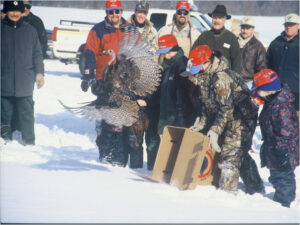
The OFAH was a driving force in the reintroduction of wild turkey to Ontario in the 1980s and has advocated for expanding hunting opportunities ever since.
The reintroduction of wild turkey has been a huge success and proves how restoration efforts can have extremely positive outcomes for biodiversity and our hunting heritage. Ontario’s first wild turkey seasons opened in 1987 in just two Wildlife Management Units (WMUs) and now we have spring seasons in 90 WMUs and sub-units. In addition, a total of 54 of those WMUs and sub-units have turkey populations sustainable enough to support fall seasons.
HOW DOES THE GOVERNMENT DECIDE ON INTRODUCING A NEW FALL SEASON?
The Ministry of Northern Development, Mines, Natural Resources, and Forestry (NDMNRF) determines a turkey population is large enough to open a fall season when the following criteria are met:
- spring turkey harvests within the management unit is equal to or greater than 200 birds in each of the preceding three consecutive years, or three out of four years; or
- harvest density in a WMU is equal to or greater than 0.4 turkeys/km2 of turkey habitat for 3 consecutive years.
Both metrics for opening a fall season rely on harvest data that is only collected through hunter reporting. This is why hunter reports are so important to wildlife management — not only does it give us data on population trends, but it can also help to expand hunting opportunities.
NEW OPPORTUNITIES ON THE HORIZON
The NDMNRF is proposing to open fall seasons for wild turkey in an additional 13 WMUs and sub-units. Prior to the 2019 changes to Ontario’s hunter reporting system, these areas had spring harvests that fell below the 200-bird threshold. However, due to increased education and enforcement of mandatory reporting, and the changes to the reporting system, the number of hunters who reported their spring harvest increased. Now all 13 of these aforementioned units have jumped above the 200 birds needed for a fall season. WMU 69 offers a specific example, where the number of turkeys harvested per year had been fluctuating between 70 and 90 for 11 years, but since 2019 the number of turkey’s harvested has jumped to more than 240 per year. Similar increases were also seen in several other units (as shown in Figure 1 below). Without a high proportion of hunters reporting, these opportunities may have taken years to happen or would not have happened at all. In fact, we can reasonably assume that these units have been capable of sustaining a fall season for quite some time. The OFAH has been advocating for these additional opportunities for years, confident in the knowledge that hunting opportunities were being left on the table. We’ve even tasked past interns with analyzing turkey harvest data to support our lobbying for more hunting opportunities. The increased harvest numbers, and ultimately this proposal, validate our suspicions.
Whether you hunt in the WMUs listed in this proposal or not, we encourage you to comment on the proposal for fall turkey seasons in WMUs 60, 63, 69, 70, 74, 75 and 86 on the Environmental Registry (ERO) to ensure that the views of hunters are heard.
The ERO posting can be found at www.ero.ontario.ca/notice/019-4567 .
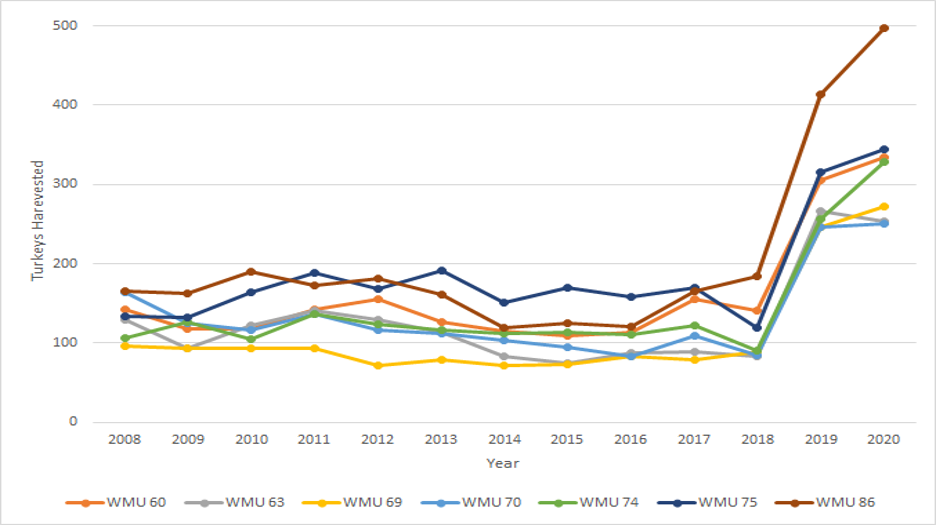
Figure 1: Turkey harvest for WMUs listed in proposal for new fall seasons, from 2008 – 2020
WHAT’S THE PROCESS FOR NEW SPRING SEASONS?
While the path to getting new fall seasons is straightforward and determined by hunter reporting, the ability to open new WMUs for spring seasons doesn’t work that way.
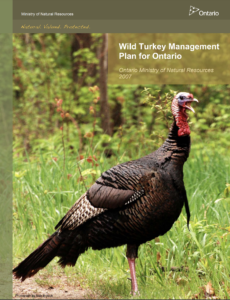
Cover image of the Wild Turkey Management Plan for Ontario (2007).
As turkey populations continue to grow in the province, they are beginning to expand into new WMUs. This is great news and more evidence of how successful the reintroduction effort was. Since turkeys can’t see the boundary lines that divide WMUs they don’t know to stay in the areas where there are currently seasons. This means that there could be opportunities for spring seasons where we currently don’t have them. I have personally seen turkeys make the move from WMUs 36 and 42 into WMU 37, and the more turkeys I see while deer and grouse hunting, the more interested I am becoming in the process to open new spring seasons. Unfortunately, the Wild Turkey Management Plan for Ontario lags behind the times. The Plan is now 14 years old and doesn’t provide the necessary framework to establish new spring seasons anymore. In the past, spring seasons used to be opened based on turkey sightings as reported on the deer harvest survey. But as any deer hunter knows, the number of turkeys seen is no longer part of the deer survey.
The OFAH will be recommending to the NDMNRF that they use the knowledge of hunters and hunters’ presence on the landscape to monitor turkey populations in areas that could support a new spring hunt. The management plan states that a spring season would be considered if there was an estimate of 200 birds based on observations and that the population is increasing based on hunter reports. We now have a great source of data from the mandatory hunter reports that helps us better manage our wildlife populations. Re-establishing a question about turkeys seen in big game harvest reports could allow us to open up units for turkey hunting opportunities across the province. Hunters provide the data and hunters should be able to reap the rewards of potential new seasons that arise from those reports.

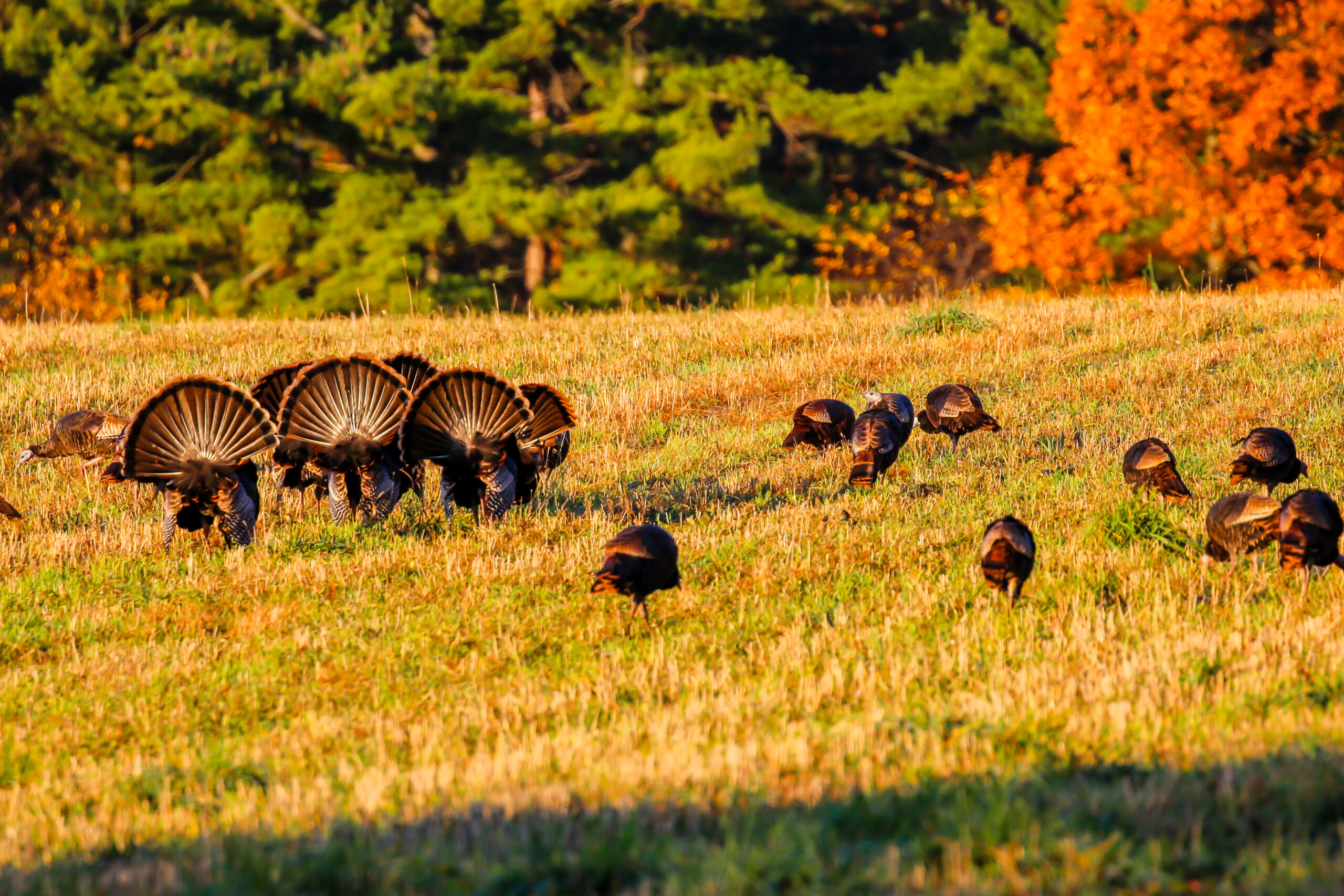
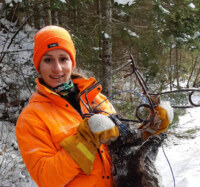
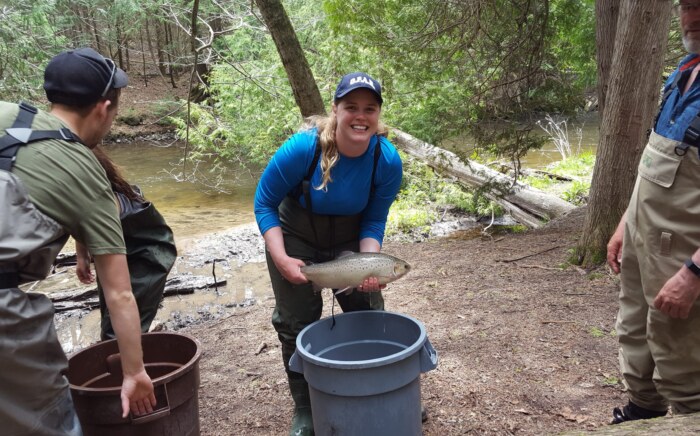
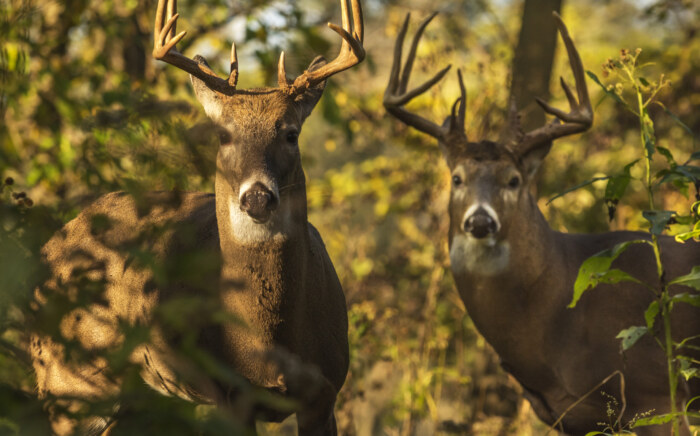
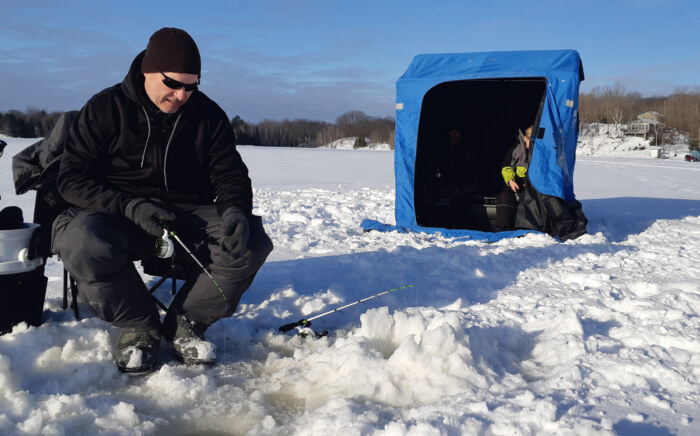
Leave a Comment